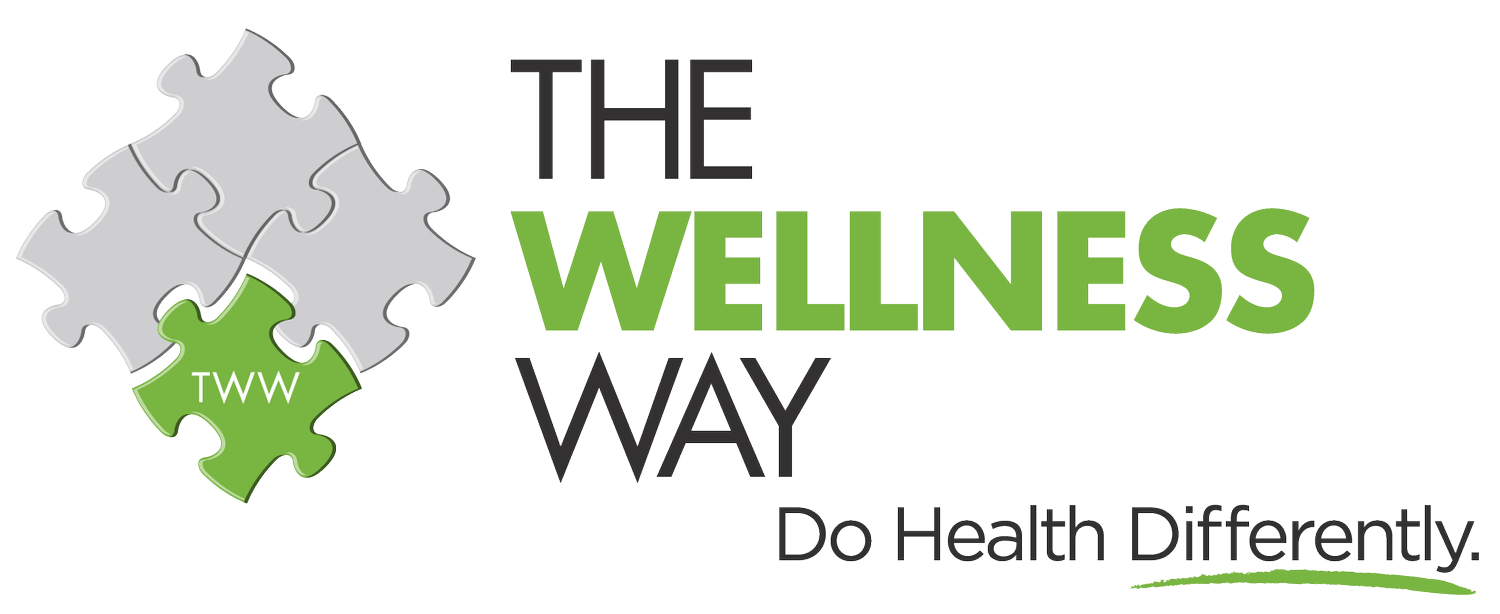Common Symptoms of Histamine Intolerance
Histamine intolerance is an often-misunderstood condition that can mimic allergies and other health issues, making diagnosis a challenge. If you’ve ever experienced recurring headaches, sinus congestion, or unexplained anxiety, histamine intolerance could be a factor. Here’s what current research and clinical sources reveal about the symptoms and underlying mechanisms of this condition.
What Is Histamine Intolerance?
Histamine is a naturally occurring compound in the body involved in immune responses, digestion, and communication between the brain and other organs.
Normally, the enzyme diamine oxidase (DAO) breaks down excess histamine, especially from food. When this process is disrupted—due to genetics, gut health issues, or certain medications—histamine can accumulate, leading to a variety of symptoms.
Key Symptoms of Histamine Intolerance
Scientific literature and clinical reviews consistently highlight the following symptoms as common in people with histamine intolerance:
Sinus congestion and nasal issues: Histamine can cause nasal congestion, runny nose, sneezing, and sinus pressure, often resembling allergic rhinitis.
Headaches or migraines: Histamine acts as a neurotransmitter and can dilate blood vessels, triggering headaches or migraines, especially after consuming histamine-rich foods.
Brain fog and fatigue: Many individuals report cognitive symptoms such as difficulty concentrating, memory lapses, and general fatigue.
Red or itchy eyes: Ocular symptoms like redness, itching, and watering are frequently reported, reflecting histamine’s role in inflammatory responses.
Anxiety and mood changes: Histamine can affect the nervous system, leading to anxiety, irritability, or mood swings.
Asthma and respiratory symptoms: Histamine’s effects on the respiratory tract can trigger or worsen asthma, cause shortness of breath, and lead to coughing or wheezing.
Other symptoms can include digestive issues (bloating, diarrhea, abdominal pain), skin reactions (flushing, hives, itching), irregular heartbeat, and menstrual irregularities.
Why Do These Symptoms Occur?
Histamine receptors are distributed throughout the body—in the gut, skin, brain, heart, and respiratory tract. When histamine isn’t properly broken down, it interacts with these receptors, causing a wide range of symptoms. This is why histamine intolerance can look different from person to person and often involves multiple body systems at once.
What Can You Do About It?
If you suspect you might have histamine intolerance, consider these steps:
Keep a symptom diary to track what you eat and how you feel.
Discuss your symptoms with a healthcare provider who can recommend appropriate testing.
Explore dietary changes and lifestyle modifications that may help reduce histamine levels.
Functional lab testing can help identify underlying causes and guide a personalized approach to managing your health.
Histamine intolerance is often overlooked but can have a significant impact on daily life. By recognizing the symptoms and seeking expert guidance, you can take proactive steps toward feeling better and improving your overall well-being.
If you’re experiencing any of these symptoms, don’t hesitate to reach out to a healthcare professional for support and further evaluation. Your health journey is unique, and understanding the root causes is the first step toward lasting relief.
For a personalized approach and expert support, schedule a consultation with The Wellness Way Sarasota. Our team offers both in-person and virtual appointments, starting with a comprehensive assessment to uncover the root causes of your symptoms.
Book your new patient appointment today and take the first step toward restoring your health and vitality.
References:
Histamine Intolerance: Causes, Symptoms, and Diagnosis
Histamine Intolerance: Symptoms, Diagnosis, and Beyond - PMC
Histamine Intolerance: The Current State of the Art - PMC
Histamine intolerance: What is it, symptoms, causes, and more

